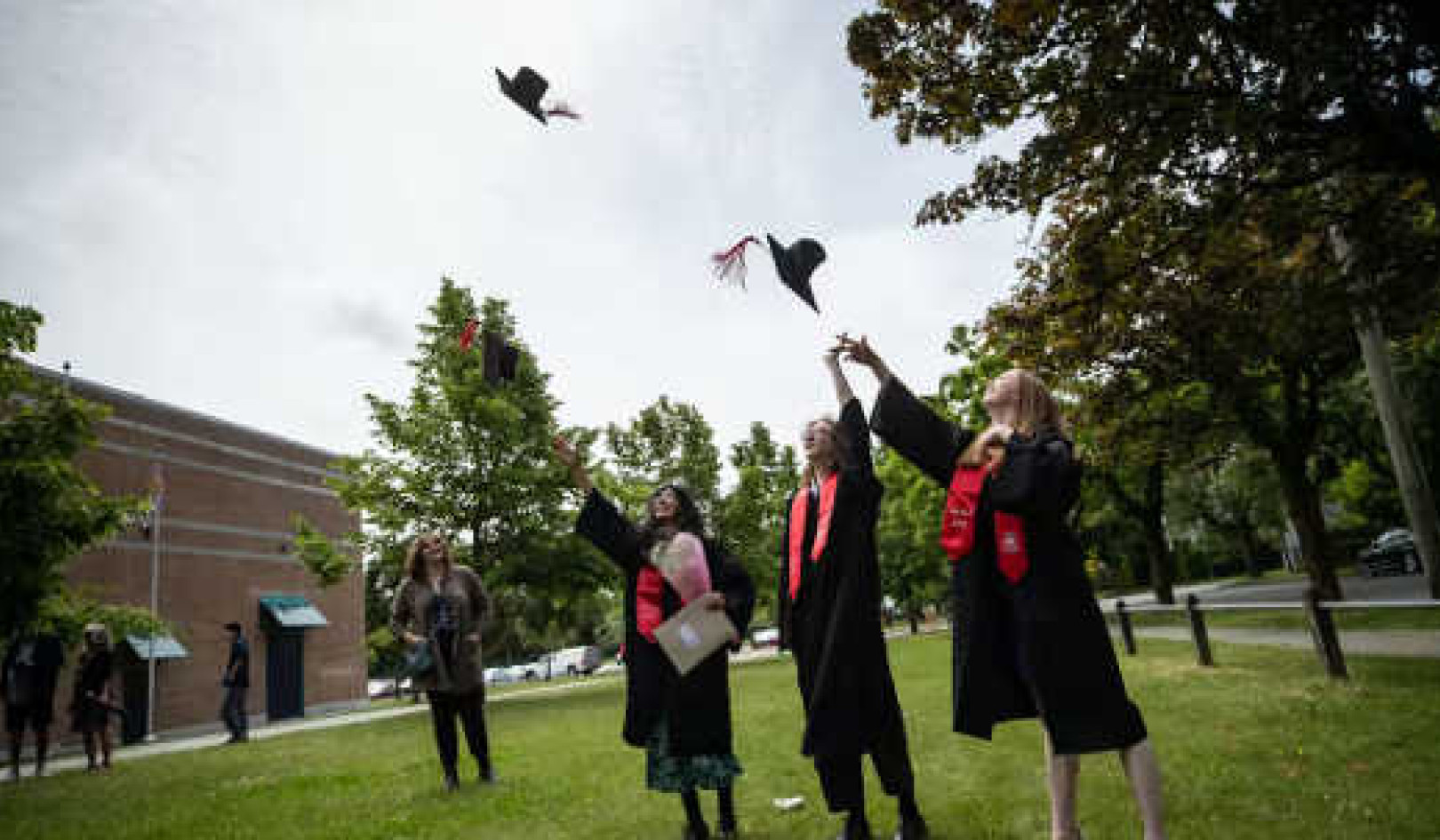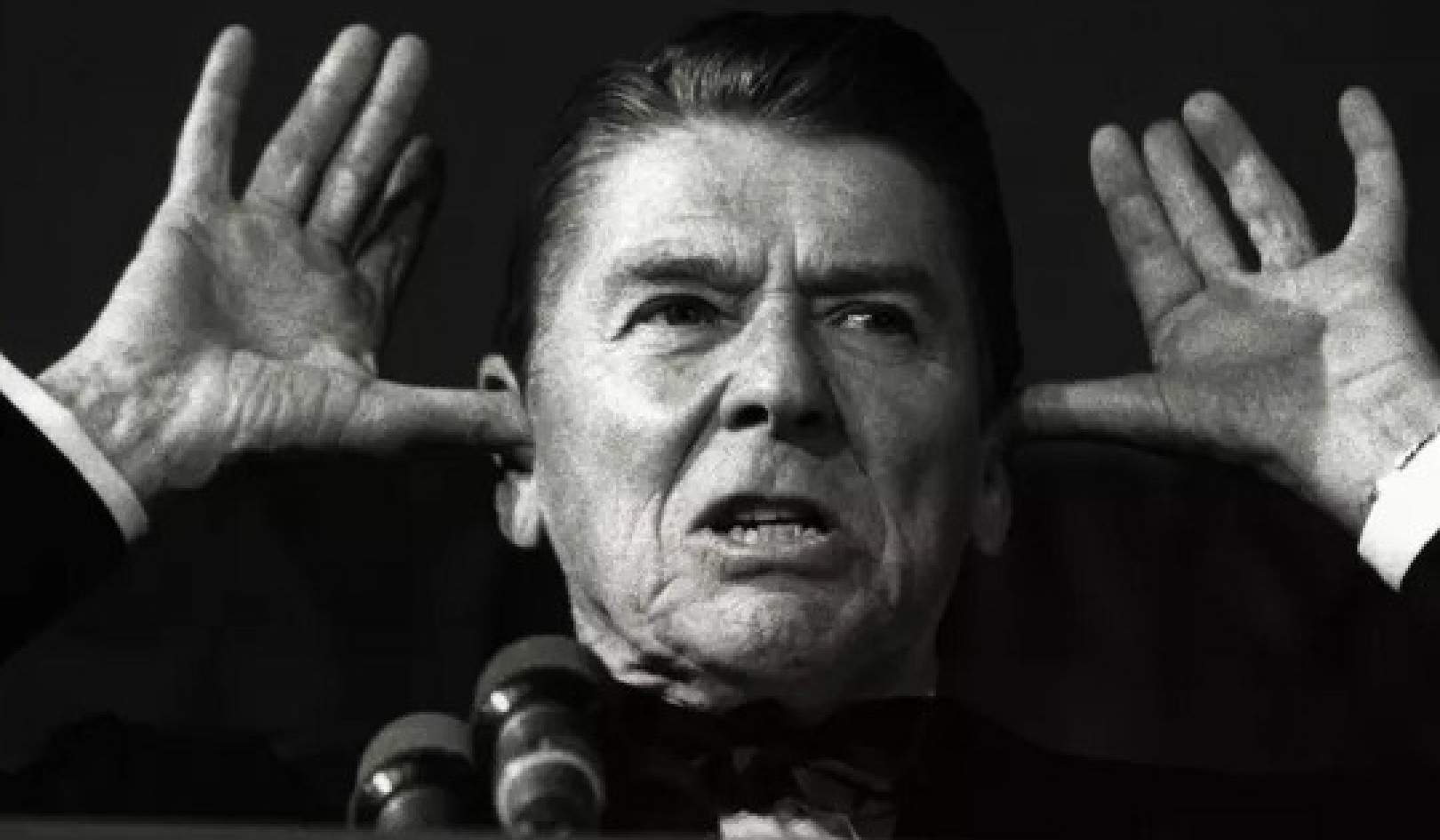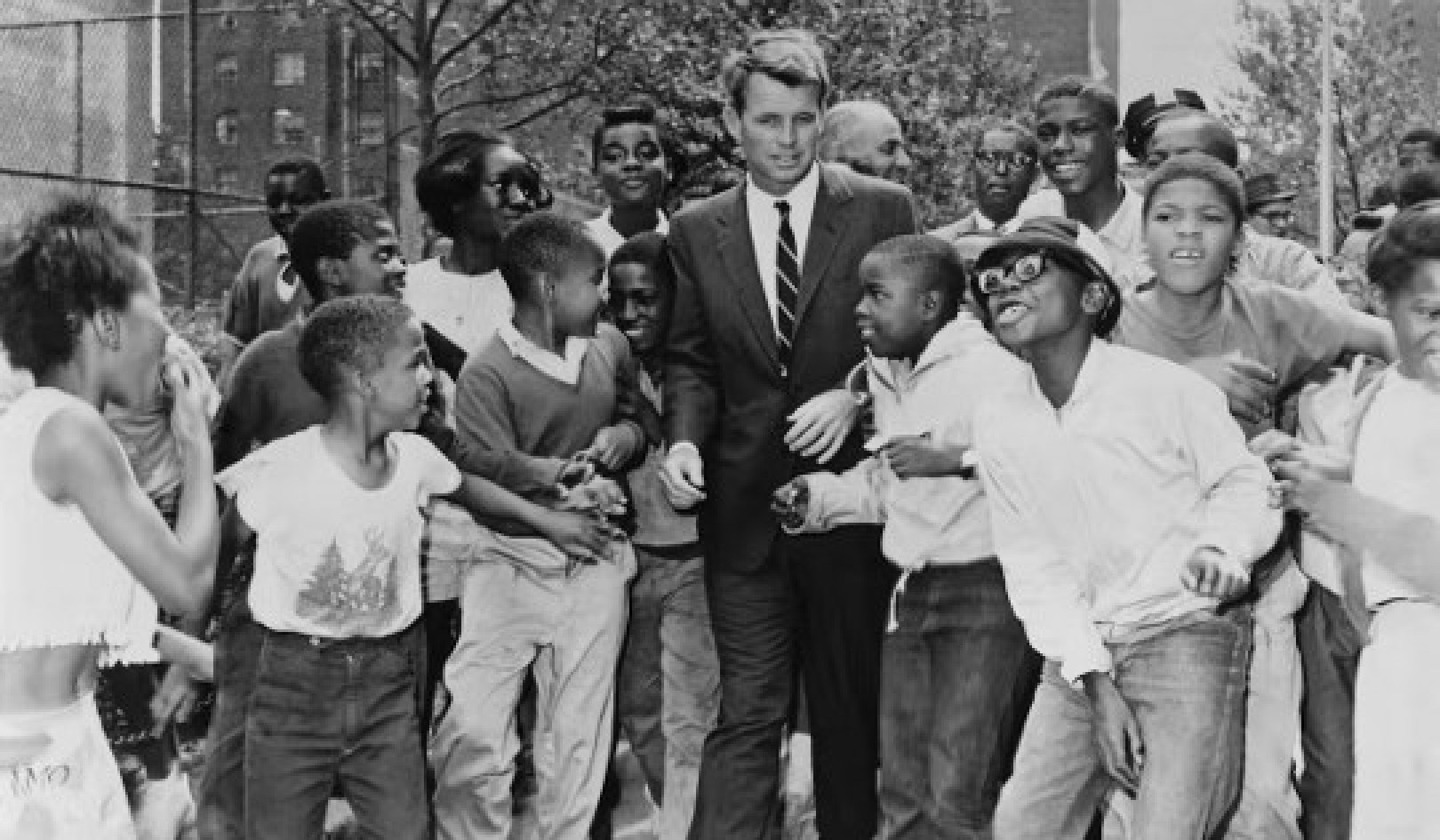Benjamin Franklin, in The Way to Wealth (1758), wrote:
For want of a nail the shoe was lost,
for want of a shoe the horse was lost,
and for want of a horse the rider was lost,
being overtaken and slain by the enemy,
all for want of care
about a horse-shoe nail.
It’s a simple ditty, with a simple but profound message: attend to the small stuff, because it has all kinds of unforeseen yet important impacts on the bigger stuff.
Many of the stories peppered throughout The Connected Community are like the biblical tale of David and Goliath, in which the little guy triumphs against the odds. Such stories remind us that bigger is not necessarily better and doesn’t always win the day. In the face of so many significant global challenges, neighbors can work together to make “small” the new “big.” Because if we don’t, we may find that it is not just our local economies that become displaced, but also our health and wellbeing, safety, environment, and democracy itself.
To paraphrase Benjamin Franklin:
For want of a neighbor the neighborhood was lost,
for want of a neighborhood the citizen was lost,
and for want of a citizen democracy was lost,
being overtaken by the Giants of industry, technology,
and globalization,
all for want of care
about a neighbor.
Each time we go out of our way to encourage, support, share, and enjoy a neighbor, we are putting the world to rights on our own street. What better way is there to finish our conversation than to reaffirm neighborly principles. These principles can act as our true north in transforming the invisible neighborhood into a visible, vivid, and vibrant neighborhood on our journey toward the Connected Community.
Six Neighborly Principles
We have commended six neighborly principles (which are also practices or acts) above all others:
-
Discover one another and what surrounds you.
-
Welcome one another and the stranger.
-
Portray one another and your neighborhood in terms of your gifts.
-
Share what you have to secure what your neighborhood wants.
-
Celebrate one another’s comings and goings, the plantings and harvests.
-
Envision with one another towards a preferred future.
Each act opens the way toward a culture of care in the Connected Com munity. Around the world, lovers of community do the following:
Discover. Lovers of community discover other local resident connectors who naturally weave together their community through neighbortoneighbor and associational relationshipbuilding. They convene tables of connectors whose membership overlaps and represents the diversity of an entire neighborhood.
Welcome. They actively welcome neighbors—and those who are pushed to the margins—through inclusive learning conversations and listening campaigns. Learning conversations and listening campaigns surface what people care about enough act to on with their neighbors.
Portray. As people discover what they care about enough to take collective action on, creating dynamic portraits of the local assets they can use is a helpful way of making community building blocks visible to everyone. No one person can hold a full picture of all the ingredients that a neighborhood encompasses. Therefore, creating a shared portrait of your neighborhood assets is a powerful way of enabling your neighbors to discover what communitybuilding ingredients they all already have. Then they can figure out how best to connect these unconnected resources in ways that create new possibilities and resolve old problems.
Share. Intentionally doing things together, from breaking bread to tending a neighborhood garden, brings us into a radical presence with our neighbors. Sometimes it is necessary to create “shareable moments.” These moments occur when we intentionally create the conditions for neighbors to have exchanges. Such shareable moments can include skills exchanges, seed swaps, books, toys, and repair cafes, where residents bring broken items to be fixed and small electrical items to be repaired. They create a community on-ramp for people who may be unsure about how to get into community life. The more these moments enable gift exchange (the giving and receiving of gifts), hospitality and association, the more likely they will become part of a community’s customs and traditions.
Celebrate. Celebrating neighborliness and community life through local rituals, annual events, parties, sports events, yard sales, and front porch concerts are important ways to give ourselves a collective slap on the back. Adding food, fun, songs, and dance into the mix is a great way to honor our past achievements and dream up new community possibilities.
Envision. Creating a collective vision that establishes the priorities and reveals the possibilities for the shared future of a neighborhood is a powerful way of binding the community together. It ensures that residents in the neighborhood own the vision.
A Story from Wisconsin, USA
During the first year of the COVID19 pandemic, many neighborhood organizations and block clubs stopped their traditional facetoface meetings. Nonetheless, in many locations these groups spontaneously initiated innovative community activities. In many neighborhoods with no community groups, new and unprecedented initiatives were begun.
One example of these local innovations is a neighborhood of eight hundred households in the older industrial city of Menasha, Wisconsin. A report on the pandemic responses in that neighborhood indicated that the following creative activities occurred:
-
Forty residents responded to a telephone invitation to provide help to neighbors when needed.
-
An outdoor “jump-around” party on one block evolved into a physically distanced but socially connected parade on many blocks; residents were joined by neighbor-owned classic cars.
-
Two hundred loaves of bread contributed by a food pantry were distributed to neighbors.
-
Neighbors who were “essential workers” were recognized by tying blue ribbons around trees bordering the street.
-
Two “mansion-size” outdoor food pantry houses were built and stocked by neighbors.
-
Six local businesses agreed to sell fundraising candy bars, with the proceeds going to help keep the food pantries stocked.
-
The annual Boy Scout food drive was cancelled, so local Boy Scout families organized a neighborhood food drive that collected contributions from nearly one hundred local residents.
-
On New Year’s Eve there was an outdoor party in the local park for all residents. It included bell ringing and neighbors making resolutions for the year ahead.
One active neighborhood member noted that all of these activities occurred without any facetoface formal meetings and with only one collective Zoom gathering.
Meetings are one method for making citizen decisions at the neighborhood level, but in this and many other places there have been very few or no meetings, in person or virtually, since the onset of COVID19. However, as the Menasha report indicates, many decisions were made that resulted in many forms of citizen mobilization and action. If there were very few meetings of any kind, how can we explain the process by which the decisions were made that preceded these countless local initiatives?
Jazz and the Structure of Powerful Communities
Perhaps an analogy can be useful here. Consider a jazz club in a big city. It’s 2:00 a.m. and in most clubs the jazz musicians’ work is done. However, some musicians want to keep on playing, so they go to a club that is licensed to be open after 2:00 a.m.—an “after hours” club. Three or four jazz musicians gather at the club and set up their equipment at the front of the room. Some players know some of the others while some don’t know any of the others.
Suddenly they begin to play a wonderful jazz piece. They have no written music and most of them don’t know the other players. How can this happen? They are creating music that is so free, innovative, and openended—yet perfectly coherent. The musicians play together and play individually, with no apparent structure or order. In this they are like the neighbors in Menasha, Wisconsin.
The innovation and improvisation that happens in jazz occurs because there is an invisible structure encompassing the players. The structure has three elements: a melody, a key, and a rhythm. That’s why, before they begin, one musician says, “How about ‘Don’t Get Around Much Anymore’ in Bflat?” The others nod and the drummer sets the time. The threepart structure is now manifest, and improvisation can take place within it.
This musical process is an analogous structure that can help us understand how the invisible innovative decisionmaking occurred in Menasha without decisionmaking meetings or apparent traditional leadership. A way to understand the Connected Community structure is to focus on the context where the dispersed decisionmaking occurs: the connectorship. It is a context that creates a structure that enables innovative citizenship to emerge.
The context has three elements:
-
Communality. The residents in the area have a common affinity. Regardless of other resident differences or disagreements, these place-based common affinities can grow from the desire to enjoy, celebrate, entertain, and so on. The affinity can be a crisis such as the pandemic. It can be a possibility—we want to create a park. It may be a fear, such as the threat of gentrification. It can be the love of the place— our place, remembered in stories that inspire and capture successful neighborhood activities of the past.
-
Individual Capacities. Every neighbor believes that they have some special and significant gift, talent, skill, or knowledge. This belief is often the core of their sense of self-worth. It is this self-worthiness that residents are willing and often waiting to contribute on behalf of their own particular community. These capacities are the basic community-building tools.
-
Connectivity. The local capacities of most neighbors are latent. There must be some precipitate that brings them to life. That precipitate is connectivity. Through the connection of neighbors’ capacities, power is created, citizenship emerges, and democracy is lived.
The invisible structure of productive communities where decisionmaking and leadership are dispersed comes from a neighborhood with unique commonalities, unique capacities, and common connectivity. In these kinds of places, where citizen creativity is visible, what is not usually present in any traditional form is a central leader or formal decisionmaking. Nonetheless, a focus on the structure needed for citizen productivity can provide an appropriate framework for understanding the beautiful civic music being played in the Menasha neighborhood and in millions more like it. They are creating “leaderful” and “decisionful” democracies.
One reason that communitydriven movements have spread worldwide is because they are based on revealing the community structure that provides the “nest” from which health, wealth, and power is born and grows. In this book, it has been our great joy and privilege to share local knowledge, experience, and stories that make visible the three C’s of community: commonality, capacity, and connectivity.
As strange as it may sound, we cannot truly commit to our neighborhoods until we become disenchanted by them. Neighborhoods are not enchanted places; they have baggage and history and are filled with fallibility and limitations. But like the late, great Canadian singer songwriter Leonard Cohen reminds us, “There is a crack, a crack in everything / that’s how the light gets in.” There are limits to local solutions; there are issues that require global responses. Still, although local actions are not sufficient to address all of life’s challenges, they remain essential to all our futures. It is through fallibility that possibility is revealed, and through possibility that creativity and productivity emerges. In this book, we have, we hope, revealed some of the possibilities and creativity that lie in wait in the places we call our neighborhoods. Our neighborhoods hold, in their modesty, huge potential for a healthy, prosperous, and powerful life for all and our planet.
The Connected Community offers a vision that is handmade and homespun, woven by the gifts of every person, association, and local place. It does not place the sole hope for our futures in the hands of our leaders. Instead it says, “Come on, join us; we need you. We can make a difference, we can be one another’s hope; together we will rise. And you know, it’s not so wild a dream; the raw materials surround you. Now go, make the invisible visible. We’ll meet you on the sacred ground that now is the visible neighborhood, the Connected Community. Save us a seat on the park bench. We’ll feed the birds and cherish our children together.”
Copyright 2022. All Rights Reserved.
Printed with permission.
Article Source:
BOOK: The Connected Community
The Connected Community: Discovering the Health, Wealth, and Power of Neighborhoods
by Cormac Russell and John McKnight
 We may be living longer, but people are more socially isolated than ever before. As a result, we are hindered both mentally and physically, and many of us are looking for something concrete we can do to address problems like poverty, racism, and climate change. What if solutions could be found on your very doorstep or just two door knocks away?
We may be living longer, but people are more socially isolated than ever before. As a result, we are hindered both mentally and physically, and many of us are looking for something concrete we can do to address problems like poverty, racism, and climate change. What if solutions could be found on your very doorstep or just two door knocks away?
Learn to take action on what you already deeply know—that neighborliness is not just a nice-to-have personal characteristic but essential to living a fruitful life and a powerful amplifier of community change and renewal.
For more info and/or to order this book, click here. Also available as an Audiobook and as a Kindle edition.
About the Authors
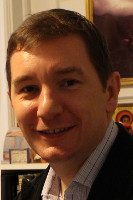 Cormac Russell is a veteran practitioner of asset-based community development (ABCD) with experience in 36 countries. A social explorer, author, speaker, and managing director of Nurture Development, he sits on the faculty of the Asset-Based Community Development (ABCD) Institute, at DePaul University, Chicago.
Cormac Russell is a veteran practitioner of asset-based community development (ABCD) with experience in 36 countries. A social explorer, author, speaker, and managing director of Nurture Development, he sits on the faculty of the Asset-Based Community Development (ABCD) Institute, at DePaul University, Chicago.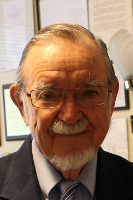
John McKnight is cofounder of the Asset-Based Community Development Institute, a Senior Associate at the Kettering Foundation, and sits on the board of a number of community development organizations. Cormac Russell and John McKnight coauthored The Connected Community: Discovering the Health, Wealth, and Power of Neighborhoods.






















